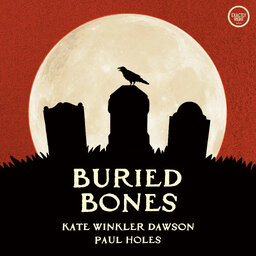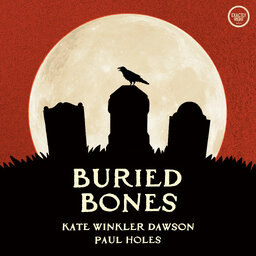In this second part of a two-parter, Kate and Paul return to 1958 Los Angeles where a serial killer is terrorizing local women. After the suspect encounters a truly heroic individual, the tide turns in the investigation.
Support this podcast by shopping our latest sponsor deals and promotions at this link: https://bit.ly/4buCoMc
 Buried Bones - a historical true crime podcast with Kate Winkler Dawson and Paul Holes
Buried Bones - a historical true crime podcast with Kate Winkler Dawson and Paul Holes


